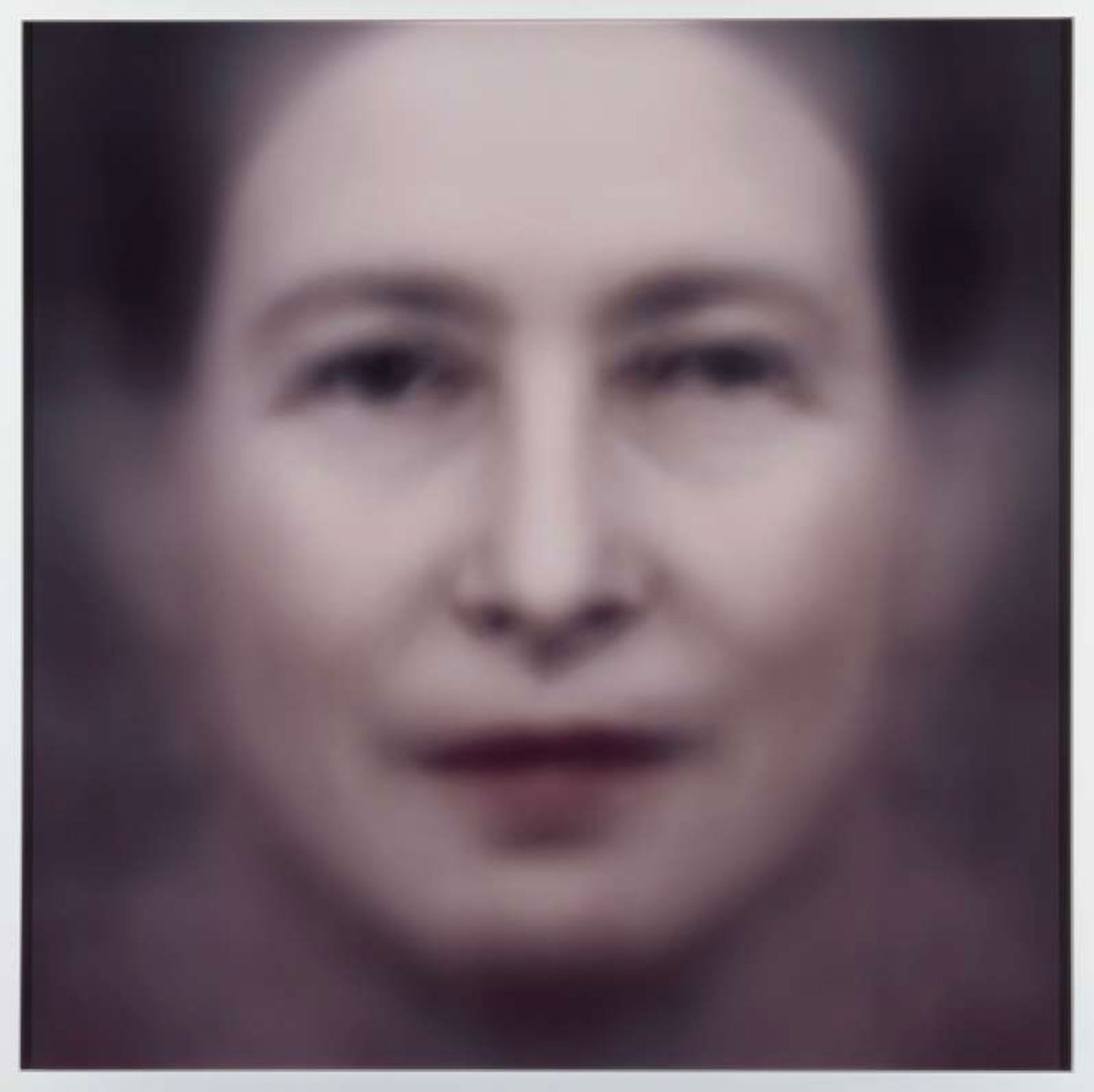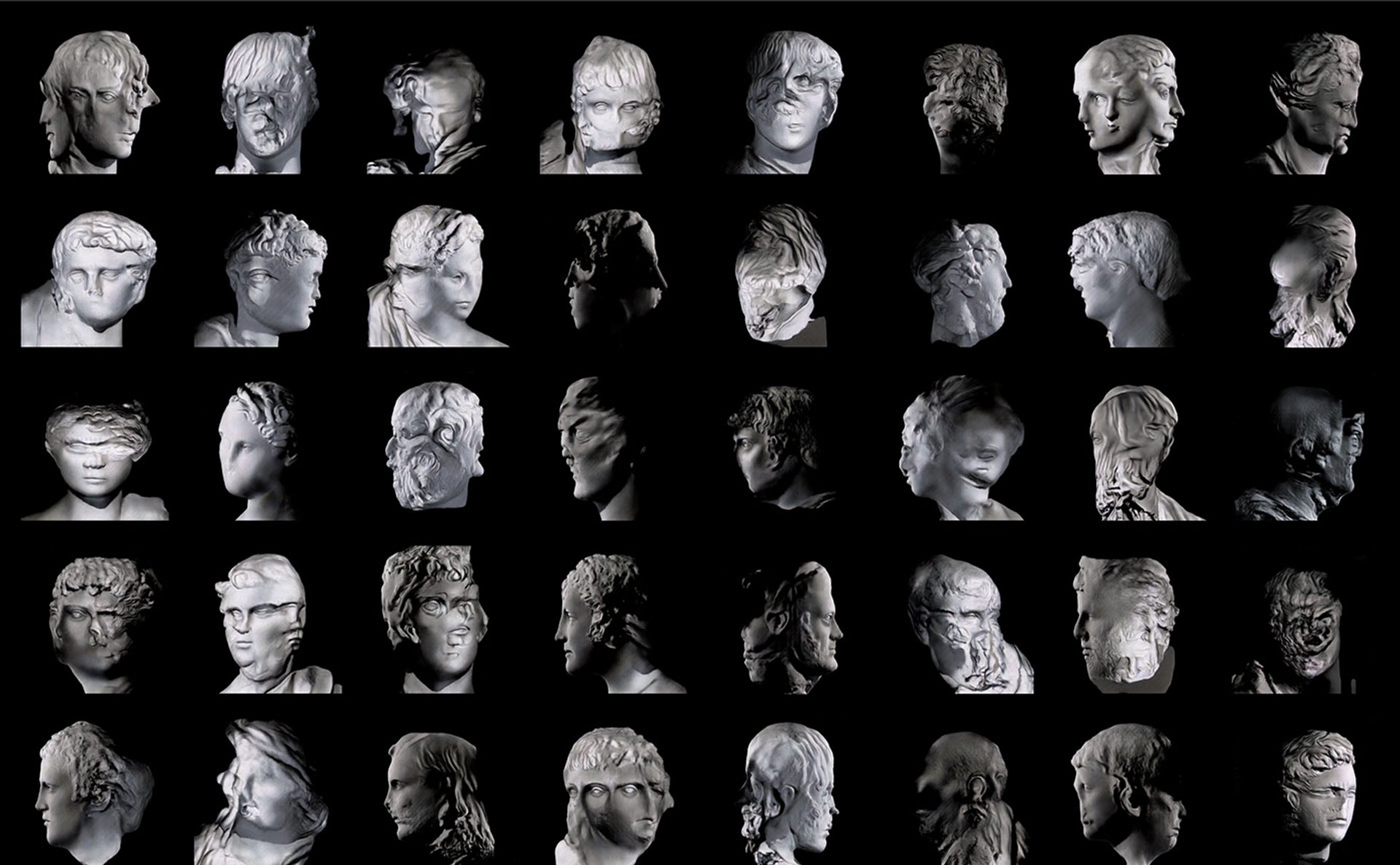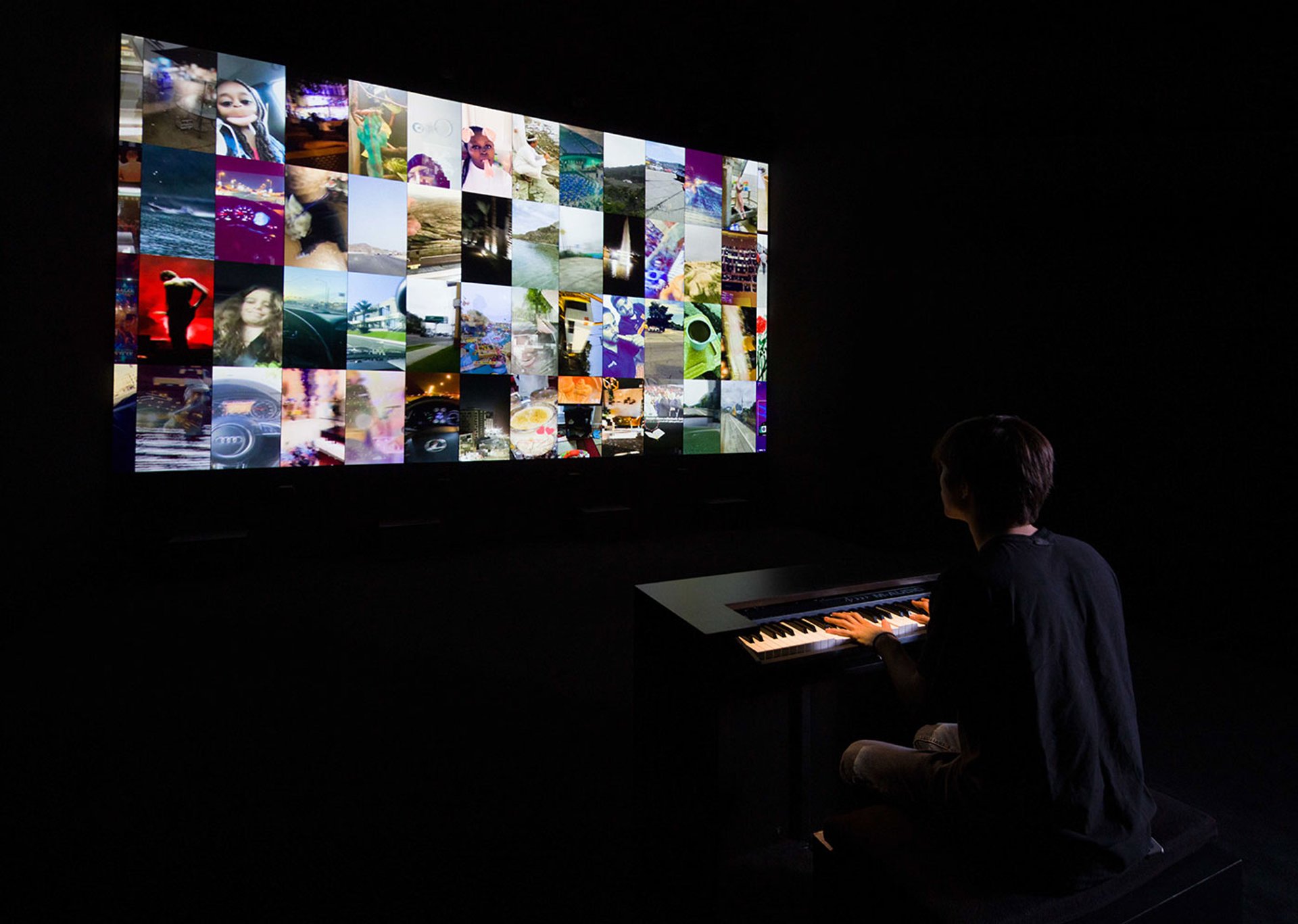Jeu de Paume puts on wide-ranging survey of work created by artists working with artificial intelligence – The Art Newspaper
A number of recent high-profile exhibitions of artificial intelligence (AI) art —including shows by Refik Anadol (2024) and Holly Herndon and Mat Dryhurst (2024-25), at Serpentine Galleries, London, and Rafaël Rozendaalat the Museum of Modern Art (MoMA) in New York (2024-25)—have featured an individual artist or collective. Le Monde Selon L’IA (The World Through AI), an exhibition opening at the Jeu de Paume centre for the image on 11 April, is designed to provide a broad cultural and scientific history of AI and art, building on the Paris institution’s ground-breaking examination of photography, cinema, and experimental media.
The Jeu de Paume show brings together the work of more than thirty artists actively involved with AI—including Dryhurst and Herndon, Grégory Chatonsky, Agnieszka Kurant, Christian Marclay, Trevor Paglen, Hito Steyerl, and Sasha Stiles—much of it made at the heart of public concern over the role of AI in creative arts based on the advent of generative AI models such as ChatGPT (text to text) and Dall-E (text to image). The related debate about the sourcing of images used for these giant models—many of them scraped from the internet —was exemplified by the backlash from artists against Christie’s New York AI art auction that closed on 5 March.
Kate Crawford & Vladan Joler, Calculating Empires: A Genealogy of Technology and Power Since 1500, 2023 © Kate Crawford & Vladan Joler
As the first substantial institutional survey of art and AI of this scope, the exhibition promises to offer a critical lens on existing social, environmental, and geopolitical phenomena as well as historical and genealogical analysis. “It has been a rare and thrilling opportunity to work on such a topic”, the exhibition’s chief curator Antonio Somaini tells The Art Newspaper, “one that is so present in everyone’s mind across fields within and beyond the field of art.”
Through a series of “time capsules”—vitrines installed across the galleries—the exhibition will pair historical precedents of automation, computation, and communication (using technical devices, photographs, and diagrams) with contemporary AI models and images. Each capsule will explore the genealogy of prompts and the ways in which the relationships between words and images are being transformed in this technological shift. It will also examine the history of artistic, criminological, and racial physiognomics in relation to the ways in which contemporary face- and emotion-recognition systems substantiate biases and stereotypes.

Trevor Paglen, “De Beauvoir” (Even the Dead Are Not Safe), Eigenface (Colorized), 2019 © Musée national d’Art moderne/Centre de création industrielle. Don du Virginia M. Zabriskie Fund, Amis du Centre Pompidou, 2024. Inv. no : AM 2024-117
The two main chapters in the evolution of AI
The exhibition highlights two main chapters reflecting the evolution of AI—the analytical type and the generative model. The first chapter covers artists using “analytical AI”—where vast quantities of data are used for detection, classification, and prediction, such as in facial recognition systems and predictive policing. One of the forerunners of this practice, Paglen’s Faces of ImageNet (2022), shows the ways in which facial recognition systems classify millions of images on the ImageNet databases into certain categories, which extends and amplifies existing societal inequalities. Steyerl—another figure addressing the issues of technological surveillance and control—presents a new installation in the exhibition.
This first chapter will be accompanied by thematic sections, including “Matters”, addressing the environmental impacts of AI and its resource extraction, including works such as Julian Charrière’s ecological photographic series Buried Sunshines Burn (2023). Another section, “Cartographies of AI: Space and Time”, features Kate Crawford and Vladan Joler’s large-scale visualisations Anatomy of an AI System (2018) and Calculating Empires (2023), providing complex maps of social structures and interconnections between control and technological advances. A “Micro-Labour” section focuses on the human exploitation behind AI featured in the works of Agnieszka Kurant and Meta-Office (a group of three young designers from Rotterdam) on “click workers”—underpaid people who perform microtasks online for companies—and discloses the labour condition of these invisible people.

Egor Kraft, Content Aware Studies, 2019 © Egor Kraft
The second main chapter will focus on artistic experimentations with “generative AI”, an advanced machine learning model capable of producing new data (texts, images, sounds, videos, or combinations of all these elements) based on training. A variety of AI-generated film and video installations highlighted in this section will suggest alternative and speculative narratives to history, the present, and the future. Gwenola Wagon’s sci-fi film Chroniques du soleil noir (Chronicles of the Dark Sun,2023), illustrates a dystopian, blazing world created by climate change where humans have to block out the sun to survive on Earth and instead use AI to reconstruct the image of the forgotten sun.
Inès Sieulle’s The Oasis I Deserve (2024) explores a user’s conversation with a chatbot, capturing how it can range from friendly and romantic dialogue to violent and abusive ones. Works by the artists Egor Kraft, Alexia Achilleos, and Theopisti Stylianou-Lambert explore historical gaps and erasures by employing AI to reimagine and restore overlooked or lost objects, people, and archives in history.
The exhibition closes on the theme of music, featuring Christian Marclay’s The Organ (2018), an interactive work in which visitors play a keyboard that triggers sets of Snapchat videos to appear on screen, matching musical notes to create new music. Ending with such an enjoyable experience will suggest a message that a better future is in our hands.

Christian Marclay, The Organ, 2018. An Interactive audiovisual installation, with keyboard connected to a screen projection, and video excerpts from Snapchat © Christian Marclay and Snapchat
“It is often through artistic works that we become more conscious of the impacts and implications of AI,” Somaini says. The exhibition catalogue includes recent scholarship on the subject, including essays by the four curators—Somaini, Ada Ackerman, Alexandre Gefen, and Pia Viewing—and the contributing scholars Noam Elcott, Fabian Offert, Joanna Zylinska, and Nick Monfort.
During the exhibition, accompanying film programmes will engage with up-to-date developments and debates in the field. As the catalogue’s subtitle, “Exploring Latent Spaces”, signals, the exhibition turns multiple lenses onto the spaces where images take shape within the boundless potentialities of visualisation encoded in artificial intelligence’s deep architectures.
- Le Monde Selon L’IA (The World Through AI), Jeu de Paume, Paris, 11 April—21 September




